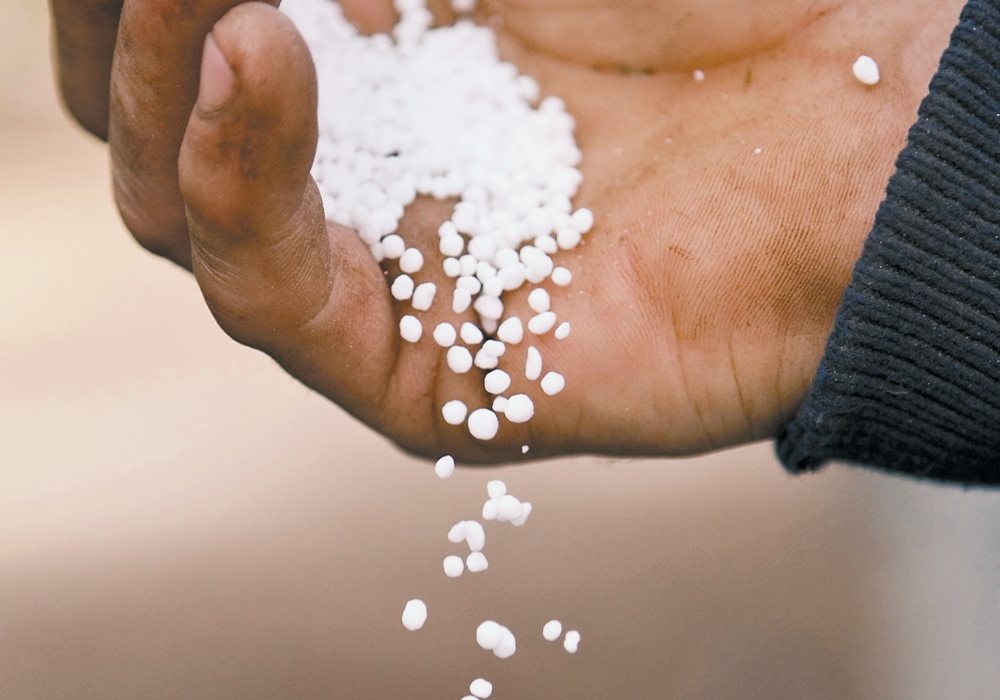WINNIPEG (CNS) – Global fertilizer demand has been higher leading to increased prices, but with more capacity coming online prices should start to fall, according to an analyst.
“Urea prices globally have moved a little higher over the past few months. They’ve been relatively volatile, that’s just kind of a function of some better than expected demand,” said Chris Lawson, head of fertilizer analysis at CRU Group in London, U.K.
There has been good demand from the United States and Brazil, but Lawson said CRU is expecting the supply to soon outweigh demand which will pressure prices. The key global urea market in the Middle East currently has urea priced at US$250 per tonne. CRU predicts the price will fall to the US$220 per tonne mark by mid-year.
Read Also

Farming Smarter receives financial boost from Alberta government for potato research
Farming Smarter near Lethbridge got a boost to its research equipment, thanks to the Alberta government’s increase in funding for research associations.
“There’s been a little bit of tartness (in the urea market) lately but we’re expecting the U.S. market having great supplies over the next few months and that’ll fall into Canada as well,” Lawson said.
Phosphate pricing has been very strong also lately. Over the last five months prices have been on the upswing. At the key global phosphate market in Tampa, Fla. phosphate was priced US$340 per tonne five months ago, it is now at US$415 per tonne.
“We’re expecting the market to be relatively stable for the next few weeks. But there’s an ample amount of supply coming back onto the export market and we expect that will pressure prices lower through to kind of the middle of the year,” Lawson said.
CRU predicts the phosphate price will fall to US$360 per tonne by July. Saudi Arabia opened a new plant last year which added three million tonnes of phosphate to the market. New capacity has also been commissioned in Morocco. A closure of a Mosaic plant in the U.S. is offsetting some of this however.
There is some uncertainty globally for phosphate output, which could pressure the market. New environment regulations may affect China’s output; China usually provides 30 per cent of global phosphate exports.
Potash prices have also been on the rise lately. Demand for potash has been higher than for phosphates and nitrogen. There has been new capacity commissioned which Lawson expects should bring prices down.
The potash price in Brazil, which is a large exporter, is currently at US$300 per tonne.
“We’re expecting prices to remain relatively steady around that level and start to tail off a little bit towards the middle of the year, back closer to kind of US$290 per tonne,” Lawson said.
In the long run fertilizer prices could be affected by a recent announcement from Nutrien. At the start of February in its fourth quarter report Nutrien announced it would be converting its phosphate plant at Redwater, Alta. to an ammonium sulfate plant.
“It makes a lot of sense for them to do that because that Redwater facility is very high cost as a phosphate facility. They don’t have fantastic margins on it,” Lawson said, adding there is good ammonium sulfate demand in Western Canada due to the large canola acres.

















